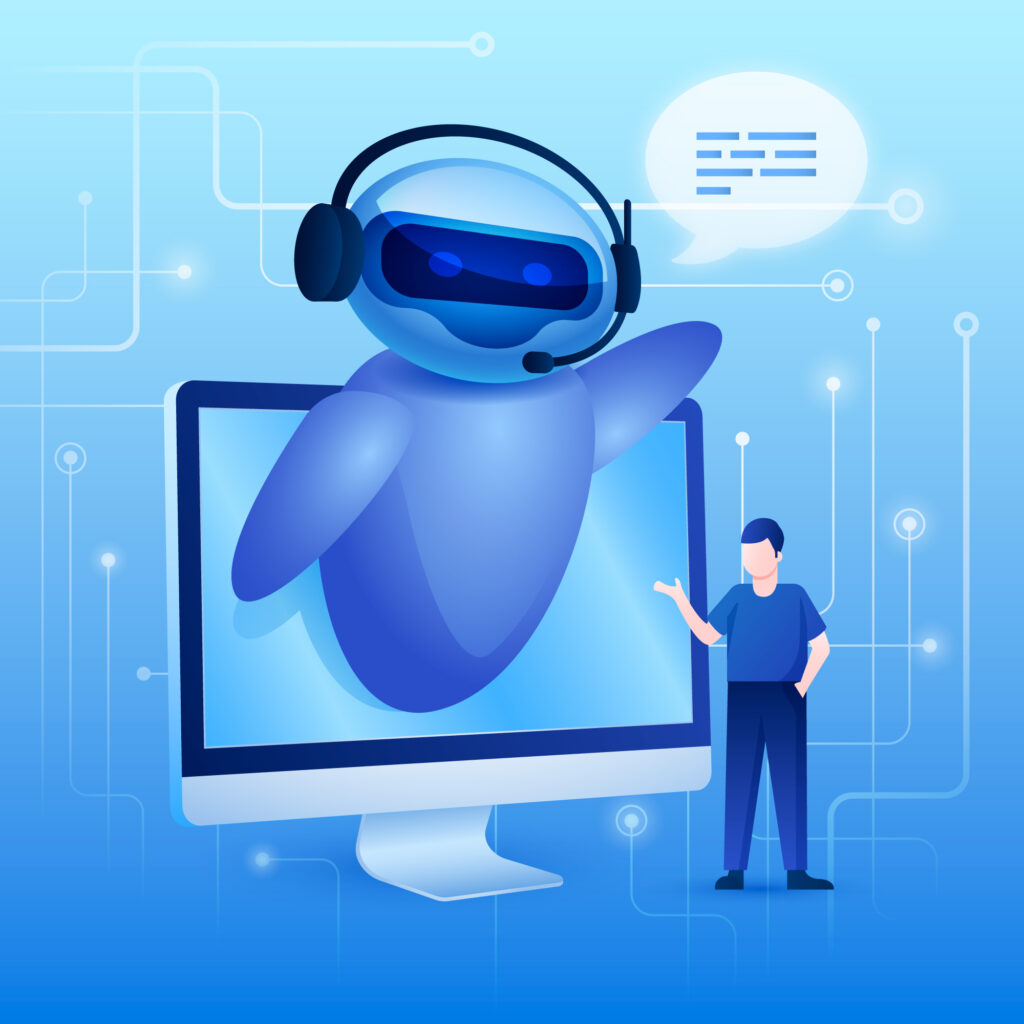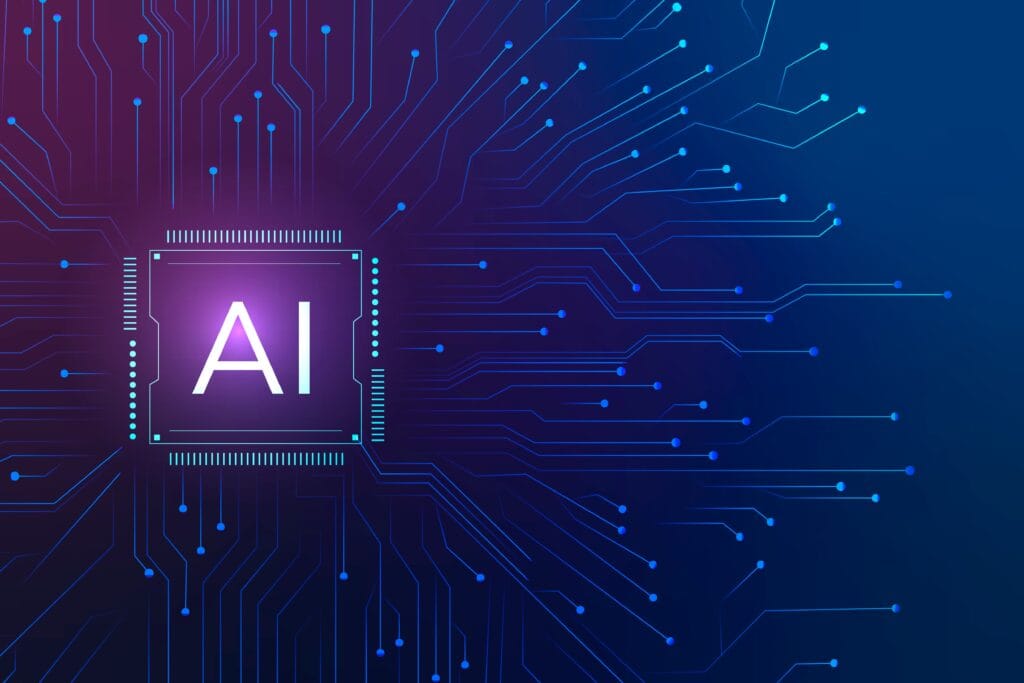Introduction: Unlocking Agency in AI-Powered Web Projects
In the rapidly changing digital world of 2025, web development is plunging into a new era shaped by agentic artificial intelligence (AI). Unlike traditional AI that simply automates tasks, agentic AI introduces autonomous agents that perceive, reason, act, learn, and collaborate to achieve complex goals with minimal human supervision. For developers and DIY enthusiasts, understanding agentic AI is the key to mastering dynamic, intelligent, and highly adaptive websites that stand out in today’s global marketplace.
What Is Agentic AI? Breaking Down the Basics
Agentic AI refers to AI systems comprised of multiple “agents”—software components that operate independently, make decisions, and complete tasks without human input. Each agent is designed for specific goals, working together to solve complex problems in real time. These systems use advanced technologies: machine learning, natural language processing (NLP), and distributed computing.
- Autonomous Decision Making: AI agents interpret data, set objectives, and plan steps toward achieving outcomes.
- Continuous Learning: Through feedback, agents improve their accuracy and efficiency every time they interact with users or environments.
- Collaboration: Multi-agent setups allow for distributed problem-solving, scaling from customer service to system management.
- Introduction: Unlocking Agency in AI-Powered Web Projects
- What Is Agentic AI? Breaking Down the Basics
- How Agentic AI Differs from Traditional AI
- DIY Approach: Building Agentic AI into Your Web Projects
- 1. Set Up Your Environment
- 2. Define Your Agents
- 3. Integrate APIs and Tools
- 4. Continuous Feedback and Learning
- 5. Collaborate and Expand
- Real-World Use Cases: Agentic AI in Web Development
- Step-by-Step DIY Tutorial: Build an Autonomous Support Agent
- Step 1: Environment Setup
- Step 2: Agent Definition
- Step 3: Knowledge Integration
- Step 4: Autonomy Layer
- Step 5: Web Integration
- Step 6: Analytics and Feedback
- Best Practices for SEO and High Traffic
- The Future: Why Agentic AI Matters for DIY Learners
- Conclusion: Start Your Agentic AI Journey Today
How Agentic AI Differs from Traditional AI
| Feature | Traditional AI | Agentic AI |
| Decision Autonomy | Limited, rule-based | High, self-directed |
| Problem Solving | Narrow/specific | Complex & multi-step |
| Learning Cycle | Supervised, static | Dynamic, ongoing |
| Human Supervision | Often required | Minimal |
| Collaborative Systems | Rare | Common |
Agentic AI offers adaptability and real-time responsiveness, making it essential for modern web applications and services.

DIY Approach: Building Agentic AI into Your Web Projects
Agentic AI isn’t just for big tech companies—it’s increasingly accessible to DIY developers. Here’s how to get started:
1. Set Up Your Environment
- Install Python and use virtual environments (conda, venv) to manage dependencies.
- Essential libraries: NumPy, pandas, TensorFlow, PyTorch for machine learning; LangChain, Hugging Face Transformers, LlamaIndex for agents and LLMs.
2. Define Your Agents
- Agents can include chatbots, personal assistants, recommendation engines, or code review tools.
- Assign each agent a clear objective (e.g., customer support, code generation).
3. Integrate APIs and Tools
- Use open-source agentic AI frameworks (LangChain, LangGraph, Devin, Hugging Face, etc.).
- Connect agents to web interfaces using RESTful APIs, and automate tasks with backend Python logic.
4. Continuous Feedback and Learning
- Use analytics to monitor agent actions, errors, and user feedback.
- Refine agent behaviors and retrain models for ongoing improvement.
5. Collaborate and Expand
- Integrate multiple agents for complex workflows, like handling full customer interactions or automating backend deployments.
- Share agents via open-source platforms to tap into community knowledge and upgrades.
Real-World Use Cases: Agentic AI in Web Development
Agentic AI systems are revolutionizing web development and IT:
- Automated Code Writing: Agents like GitHub Copilot and Devin generate boilerplate, refactor code, and migrate legacy systems.
- Intelligent Testing: Autonomous agents create, run, and improve tests—detecting bugs without much manual intervention.
- Smart Code Review: Agents enforce standards, identify inefficiencies, and suggest improvements.
- End-to-End CI/CD Automation: Manage deployment pipelines autonomously, reducing downtime and manual effort.
- Customer Support: Chatbots that solve queries smartly and escalate issues only when truly needed.
- Personalized Marketing: Agents optimize campaigns, select target audiences, and tweak strategies in real time.
Step-by-Step DIY Tutorial: Build an Autonomous Support Agent
Objective: Create an agentic AI for customer support on your website.
Step 1: Environment Setup
- Python 3.x, Flask for backend web API.
- Install Hugging Face Transformers for NLP.
Step 2: Agent Definition
- The agent’s goal: Listen to user queries, search knowledge base, solve issues, escalate when needed.
Step 3: Knowledge Integration
- Feed agent historical support tickets and FAQs.
- Use pretrained LLMs (GPT, LLaMA, Gemini) for understanding and response.
Step 4: Autonomy Layer
- Implement decision logic using LangChain and LlamaIndex.
- Allow agent to escalate odd queries to humans after basic reasoning.
Step 5: Web Integration
- Connect via RESTful endpoints to web front-end (React, Angular, plain JS).
- Display real-time agent responses.
Step 6: Analytics and Feedback
- Monitor resolution times, escalation rates, and user satisfaction.
- Retune agent periodically for improvements.
Best Practices for SEO and High Traffic
- Optimize for Agentic AI Keywords: “agentic AI,” “autonomous AI agents,” “DIY agentic AI,” “AI code automation.”
- Use Long-Tail Keywords: “Build autonomous AI for web,” “agentic AI code review tools,” “AI for customer support automation.”
- Structured Content: Headers, tables, meta descriptions, schema markup, and semantic HTML.
- Mobile Responsiveness: Fast, clean layouts on all devices.
- Continuous Content Updates: Share new feature releases and tutorials for sustained SEO performance.
The Future: Why Agentic AI Matters for DIY Learners
Agentic AI is transforming web development with scalable, adaptive systems usable from startups to global enterprises. As a DIY developer, integrating agentic agents into your projects unlocks automation, smarter user interaction, and continuous innovation.
- Benefits: Accelerated development, reduced costs, improved reliability, and advanced security.
- Skills Foundation: Master Python, AI frameworks, and web APIs to stay ahead.
- Community: Active open-source communities help you troubleshoot, expand projects, and learn continuously.
Conclusion: Start Your Agentic AI Journey Today
Agentic AI represents the next step in digital transformation—moving from automation to autonomous intelligence. DIY developers and intermediate learners can now create websites that aren’t just smart, but self-directed, collaborative, and ever-improving. By mastering agentic AI, you position yourself—and your sites—at the forefront of the global tech revolution.


